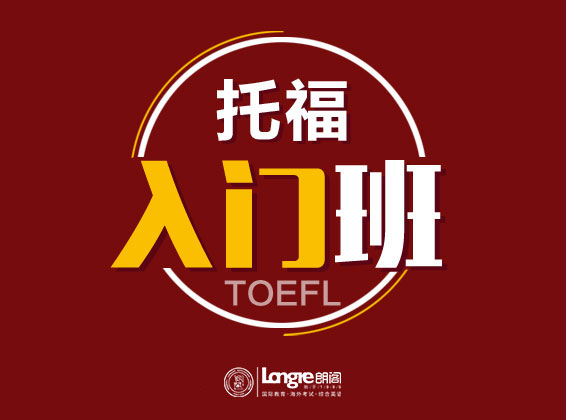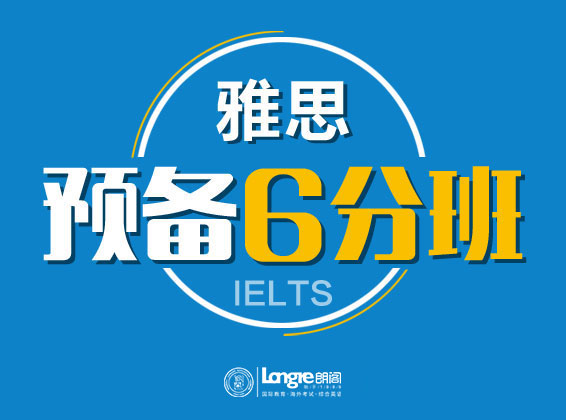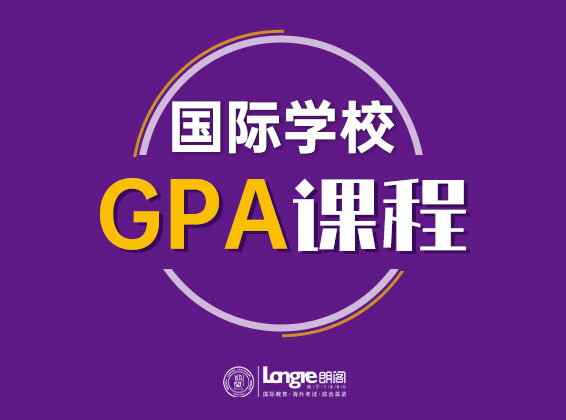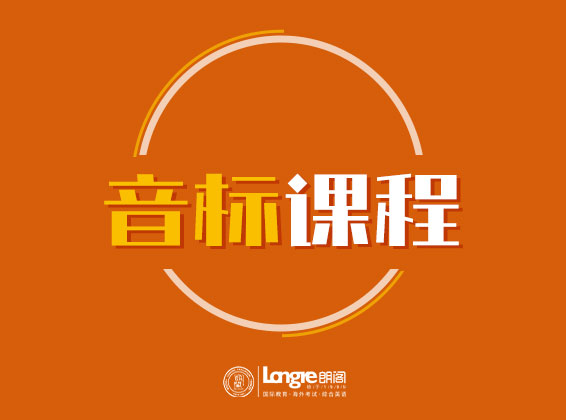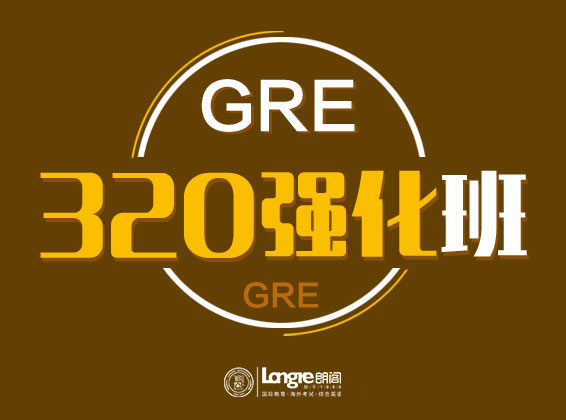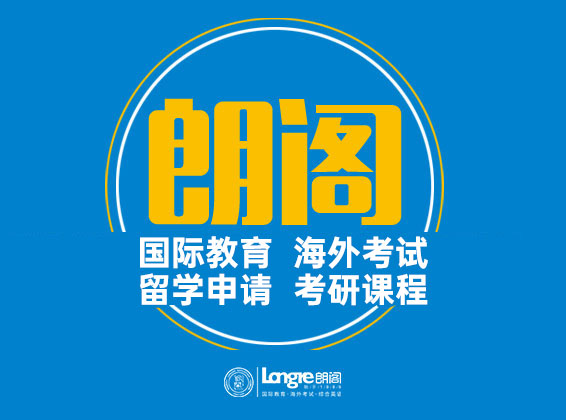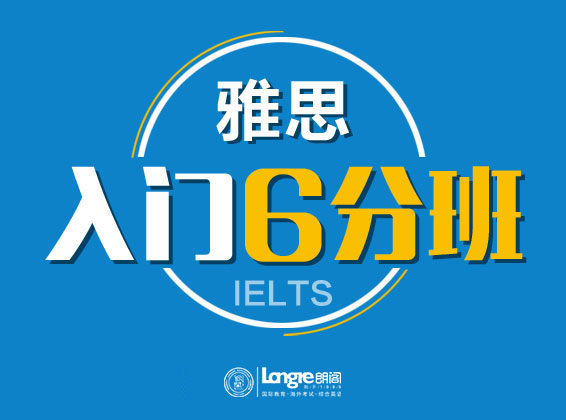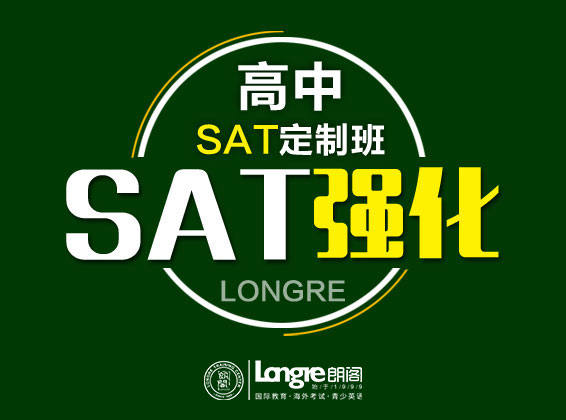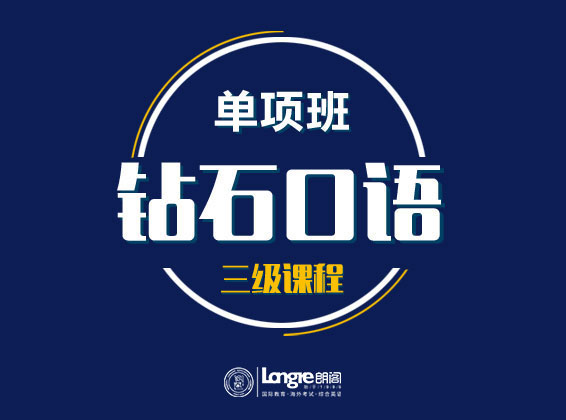|
P1 未来**者 P2 涂鸦 P3 测量折射率的科学家 朗阁讲师点评 1. 本场考试的整体偏难 2. 整体分析:涉及社科类(P1),艺术类(P2)以及科学类(P3)。 本次考试题型组合均为剑桥真题常规题型组合,三篇文章的理解的难度和题型的难度都比较大。 3.部分答案及参考文章: Passage 1 未来**者 文章内容及题型组合待回忆。 Passage 2:涂鸦 文章内容及题型组合待回忆 Passage 3:测量折射率的科学家 相关参考文章及参考题目: Thomas Harriot The Discovery of Refraction A When light travels from one medium to another, it generally bends or refracts. The law of refraction gives us a way of predicting the amount of bending. Refraction has many applications in optics and technology. A lens uses refraction to form an image of an object for many different purposes, such as magnification. A prism uses refraction to form a spectrum of colors from an incident beam of light. Refraction also plays a vital role in the formation of a mirage and other optical illusions. The law of refraction is also known as Snell’s Law, named after Willobrord, Snell, who discovered the law in 1621. Although Snell’s sine law of refraction is now taught routinely in undergraduate courses, the quest for it spanned many centuries and involved many celebrated scientists. Perhaps the most interesting thing is that the first discovery of the sine law, made by the sixteenth-century English scientist Thomas Harriot (1560-1621), has been almost entirely overlooked by physicists, despite a lot of published material describing his contribution. B A contemporary of Shakespeare, Elizabeth I, Johannes Kepler and Galilei Galileo, Thomas Harriot (1560-1621) was an English scientist and mathematician. His principal biographer, J. W. Shirley, was quoted saying that in his time he was “England’s most profound mathematician, most imaginative and methodical experimental scientist”. As a mathematician, he contributed to the development of algebra, and introduced the symbols of ”>”, and ”<” for ”more than” and ”less than.” He also studied navigation and astronomy. On September 17, 1607, Harriot observed a comet, later identified as Hailey-s. With his detailed observations, later workers were able to compute the comet’s orbit. Harriot was also the first to use a telescope to observe the heavens in England. He made sketches of the moon in 1609 and then developed lenses of increasing magnification. By April 1611, he had developed a lens with a magnification of 32. Between October 17, 1610 and February 26, 1612,he observed the moons of Jupiter, which had already discovered by Galileo. While observing Jupiter’s moons, he made a discovery of his own: sunspots, which he viewed 199 times between December 8, 1610 and January 18, 1613. These observations allowed him to figure out the sun’s period of rotation. C He was also an early English explorer of North America. He was a friend of the English courtier and explorer Sir Walter Raleigh and traveled to Virginia as a scientific observer on a colonizing expedition in 1585. On June 30, 1585, his ship anchored at Roanoke Island ,off Virginia. On shore, Harriot observed the topography, flora and fauna, made many drawings and maps, and met the native people who spoke a language the English called Algonquian. Harriot worked out a phonetic transcription of the native people’s speech sounds and began to learn the language, which enabled him to converse to some extent with other natives the English encountered. Harriot wrote his report for Raleigh and published it as A Brief and True Report of the New Found Land of Virginia in 1588. Raleigh gave Harriot his own estate in Ireland, and Harriot began a survey of Raleigh’s Irish holdings. He also undertook a study of ballistics and ship design for Raleigh in advance of the Spanish Armada’s arrival. D Harriot kept regular correspondence with other scientists and mathematicians, especially in England but also in mainland Europe, notably with Johannes Kepler. About twenty years before Snell’s discovery, Johannes Kepler (1571-1630) had also looked for the law of refraction, but used the early data of Ptolemy. Unfortunately, Ptolemy’s data was in error, so Kepler could obtain only an approximation which he published in 1604. Kepler later tried to obtain additional experimental results on refraction, and corresponded with Thomas Harriot from 1606 to 1609 since Kepler had heard Harriot had carried out some detailed experiments. In 1606, Harriot sent Kepler some tables of refraction data for different materials at a constant incident angle, but didn’t provide enough detail for the data to be very useful. Kepler requested further information, but Harriot was not forthcoming, and it appears that Kepler eventually gave up the correspondence, frustrated with Harriot’s reluctance. E Apart from the correspondence with Kepler, there is no evidence that Harriot ever published his detailed results on refraction. His personal notes, however, reveal extensive studies significantly predating those of Kepler, Snell and Descartes. Harriot carried out many experiments on refraction in the 1590s, and from his notes it is clear that he had discovered the sine law at least as early as 1602. Around 1606, he had studied dispersion in prisms (predating Newton by around 60 years), measured the refractive indices of different liquids placed in a hollow glass prism, studied refraction in crystal spheres, and correctly understood refraction in the rainbow before Descartes. F As his studies of refraction, Harriot’ s discoveries in other fields were largely unpublished during his lifetime, and until this century, Harriot was known only for an account of his travels in Virginia published in 1588, ,and for a treatise on algebra published posthumously in 1631. The reason why Harriot kept his results unpublished is unclear. Harriot wrote to Kepler that poor health prevented him from providing more information, but it is also possible that he was afraid of the seventeenth century’s English religious establishment which was suspicious of the work carried out by mathematicians and scientists. G After the discovery of sunspots, Harriot’ s scientific work dwindled. The cause of his diminished productivity might have been a cancer discovered on his nose. Harriot died on July 2, 1621, in London, but his story did not end with his death. Recent research has revealed his wide range of interests and his genuinely original discoveries. What some writers describe as his “thousands upon thousands of sheets of mathematics and of scientific observations” appeared to be lost until 1784, when they were found in Henry Percy’s country estate by one of Percy’s descendants. She gave them to Franz Xaver Zach, her husband’s son’s tutor. Zach eventually put some of the papers in the hands of the Oxford University Press, but much work was required to prepare them for publication, and it has never been done. Scholars have begun to study them,, and an appreciation of Harriot’s contribution started to grow in the second half of the twentieth century. Harriot’s study of refraction is but one example where his work overlapped with independent studies carried out by others in Europe, but in any historical treatment of optics his contribution rightfully deserves to be acknowledged. QUESTION 27 – 31 Reading Passage 3 has 7 paragraphs A-G. Choose the correct heading for paragraphs B-E and G from the list of headings below. Write the correct number, i-x, in boxes 27-31 on your answer sheet. List of Headings i A misunderstanding in the history of science ii Thomas Harriot’s biography iii Unknown reasons for his unpublished works iv Harriot’s 1588 publication on North America studies v Expedition to the New World vi Reluctant cooperation with Kepler vii Belated appreciation of Harriot’s contribution viii Religious pressures keeping him from publishing ix Correspondence with Kepler x Interests and researches into multiple fields of study Example Answer Para A i 27 Paragraph B 28 Paragraph C 29 Paragraph D 30 Paragraph E 31 Paragraph G QUESTION 32 – 36 Answer the questions below using NO MORE THAN THREE WORDS from the passage for each answer. Write your answers in boxes 32-36 on your answer sheet. Various modem applications base on an image produced by lens uses refraction , such as 32…………………. And a spectrum of colors from a beam of light can be produced with 33…………………. Harriot traveled to Virginia and mainly did research which focused on two subjects of American 34…………………. After, he also enter upon a study of flight dynamics and 35…………………. for one of his friends much ahead of major European competitor. He undertook extensive other studies which were only noted down personally yet predated than many other great scientists. One result, for example, corrected the misconception about the idea of 36…………………. Look at the following researchers (listed A-D) and findings. Match each researcher with the correct finding. Write your answers in boxes 37-40 on your answer sheet. NB You may use any researcher more than once. A Willobrord Snell B Johannes Kepler C Ptolemy D Galileo E Harriot 37 discovered the moons of Jupiter 38 distracted experimental calculation on refraction 39 the discovery of sunspots 40 the person whose name the sin law was attributed to 考试建议 1. 本场考试话题类型多样,整体文章较难,3篇文章从整体的理解及题型上来讲均有难度。配对类的题型比如段落细节配对,段落小标题以及句子匹配,依然还是大部分同学感觉很有难度的题型。备考时需要重点准备攻克。这几类题目的考查重点还是在于同义转换,并且要优先考虑比较简单直接的同义转换,不能脑补,推断。小标题中重点关注几个比较容易出现中心句的地方,比如段首2句,转折让步所在的句子。同义转换是每个题型的考查重点,平时刷题时务必要坚持积累。篇章题型组合做题顺序同样要注意分析清楚,保证做题思路清晰。 2. 下场考试的话题可能有关教育类和生物类。 3. 重点浏览2014到2018年机经。 |
文中图片素材来源网络,如有侵权请联系删除


